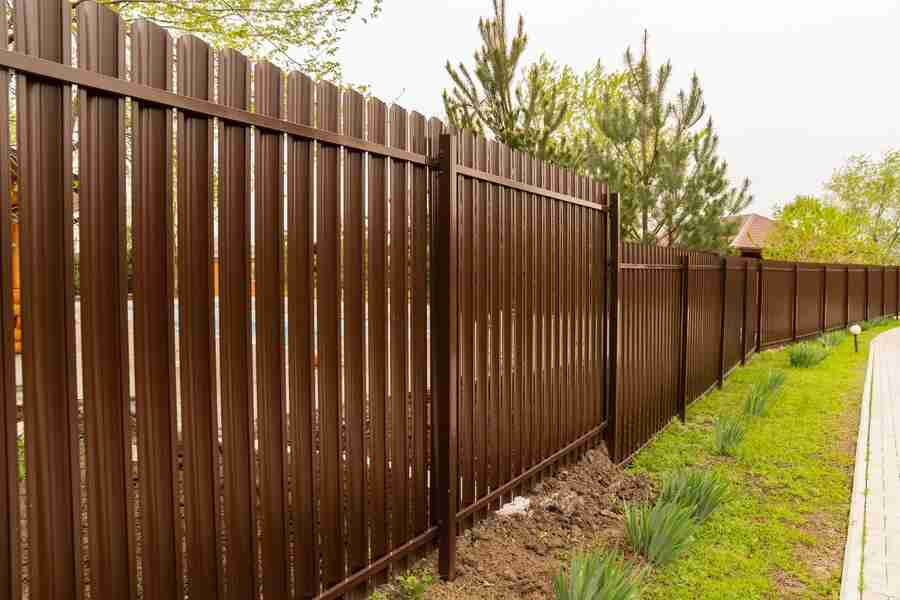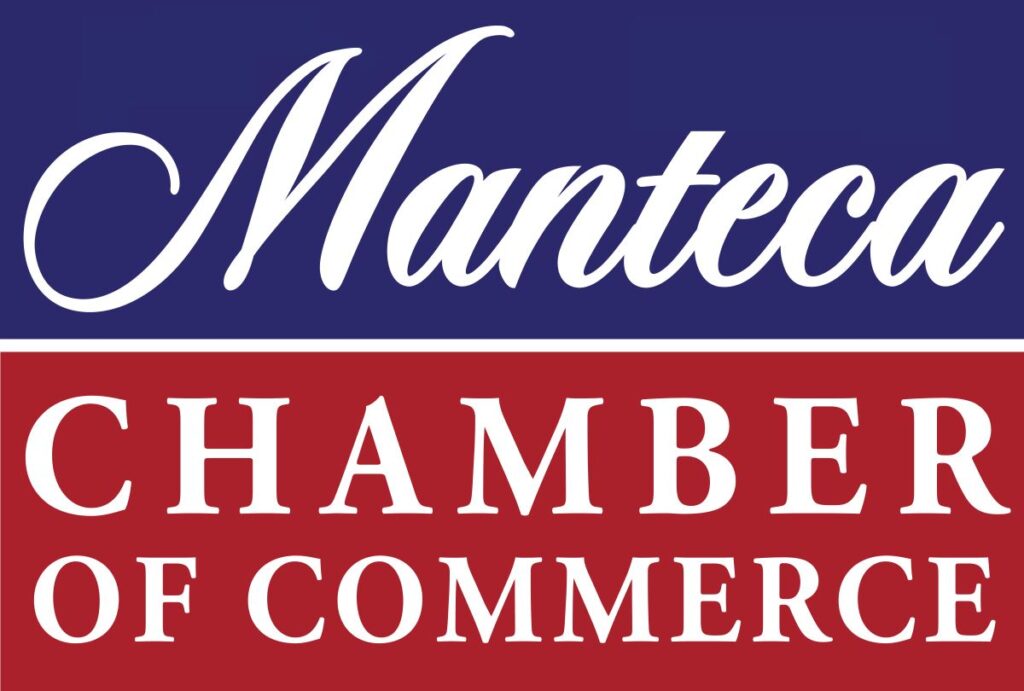
Welcome to our exploration of the dynamic world of temporary fencing, where versatility meets necessity in an array of situations. Temporary fencing has become an indispensable solution across various industries, proving its worth in construction sites, event management, agriculture, and even emergency situations. In this blog, we delve into the myriad facets of temporary fencing, shedding light on its adaptable nature that caters to the unique requirements of every occasion.
Temporary fencing, by definition, provides a quick and flexible solution for creating boundaries, ensuring security, and managing crowds. It is not confined to a singular purpose; instead, it seamlessly integrates into diverse environments, offering a range of benefits from enhanced safety to aesthetic appeal. From construction projects requiring robust barriers to events demanding crowd control and visual aesthetics, temporary fencing emerges as a reliable and versatile choice.
As we navigate through this exploration, we will uncover the types of temporary fencing, delve into the materials and design considerations, discuss the ease of installation, and weigh the cost considerations against the long-term benefits. Moreover, we will analyze the environmental impact, sharing insights into the sustainability aspects of temporary fencing materials. Through real-world case studies and a glimpse into future trends, we aim to provide you with a comprehensive understanding of the multifaceted nature of temporary fencing and its pivotal role in shaping secure and organized spaces for various occasions. Join us on this journey as we unravel the intricacies of “Temporary Fencing: Versatile Solutions for Every Occasion.”
Importance Of Temporary Fencing
Temporary fencing plays a pivotal role across various industries and events, providing a versatile and adaptable solution for a multitude of purposes. One of its primary importance lies in the realm of construction sites, where safety and security are paramount. These temporary barriers act as a protective shield, preventing unauthorized access and ensuring the safety of workers and the public. Their ease of installation and removal makes them an ideal choice for dynamic construction projects, allowing for quick adjustments based on the evolving needs of the site.
In the realm of events, temporary fencing becomes a cornerstone for effective crowd control. Whether it’s a music festival, sporting event, or public gathering, these barriers help manage the flow of people, enhance security, and maintain a structured environment. Furthermore, their customizable nature allows organizers to integrate branding or aesthetic elements, contributing to the overall visual appeal of the event.
In agriculture, temporary fencing is indispensable for protecting crops and livestock. It provides a flexible solution for seasonal needs, enabling farmers to alter fencing layouts based on planting or harvesting requirements. This adaptability is crucial in optimizing land use and ensuring the well-being of animals.
During emergency situations, temporary fencing proves invaluable for containing and managing crises. Whether it’s a natural disaster, accident site, or public emergency, these barriers can be swiftly deployed to establish perimeters, control access, and safeguard the affected areas.
In essence, the importance of temporary fencing lies in its ability to offer effective, adaptable solutions across diverse scenarios, contributing to safety, security, and the efficient management of spaces and events.
Types Of Temporary Fencing
- Construction Site Fencing:
- Purpose: Providing security and safety on construction sites.
- Features: Durable materials, customizable for different construction projects, may include privacy screens.
- Event Fencing:
- Purpose: Crowd control and aesthetic appeal for events.
- Features: Easily assembled, aesthetically pleasing, options for branding and customization.
- Agricultural Fencing:
- Purpose: Protecting crops and livestock in agricultural settings.
- Features: Temporary barriers for seasonal needs, may include electrified options for added security.
- Emergency Situations Fencing:
- Purpose: Quick deployment for containment in emergency situations.
- Features: Rapid installation, can be used in natural disasters or crisis management scenarios.
- Temporary Pool Fencing:
- Purpose: Ensuring safety around temporary or seasonal pools.
- Features: Easily installed, often portable, meets safety regulations.
- Crowd Control Barriers:
- Purpose: Managing and directing large crowds in various settings.
- Features: Interlocking design for stability, lightweight for easy transportation.
- Snow and Erosion Fencing:
- Purpose: Preventing snowdrifts and controlling erosion in temporary scenarios.
- Features: Mesh design to trap snow, erosion control fabric for soil stability.
- Security Fencing for Vacant Properties:
- Purpose: Securing vacant properties temporarily.
- Features: Deterrent to trespassers, easily installed and removed, customizable.
- Temporary Dog Fencing:
- Purpose: Creating a secure space for pets temporarily.
- Features: Portable, easy to set up, may include various heights for different dog sizes.
- Sports Event Fencing:
- Purpose: Creating boundaries and controlling access during sporting events.
- Features: Quick assembly, durable for outdoor conditions, customizable for different sports.
These types of temporary fencing solutions cater to a wide range of needs, offering flexibility and versatility in different scenarios.
Materials And Design
A. Common Materials Used
1. Chain Link Fencing
- Durability: Chain link fencing is known for its robustness, providing a reliable barrier.
- Visibility: Offers transparency, allowing for easy monitoring of activities on either side.
- Adaptability: Can be easily customized in terms of height and length to suit various needs.
- Cost-Effective: A budget-friendly option for temporary fencing solutions.
2. Mesh Panels
- Versatility: Mesh panels provide flexibility in design and application.
- Security: Offers a high level of security with tightly woven patterns.
- Wind Resistance: Perforated design allows wind to pass through, minimizing stress on the fence.
- Privacy Options: Some mesh panels come with additional features for increased privacy.
3. Plastic Barriers
- Lightweight: Easy to transport and install, making it ideal for quick deployment.
- Weather Resistance: Withstands various weather conditions, suitable for both indoor and outdoor events.
- Custom Colors: Available in a variety of colors for aesthetic appeal.
- Interlocking Systems: Enables the creation of diverse layouts for different occasions.
B. Customization Options
1. Height and Length Variations
- Tailored Solutions: Temporary fences can be adjusted to varying heights to meet specific requirements.
- Modular Systems: Some designs offer modular components, allowing for easy extension or reduction in length.
- Scalability: Adaptable to different venues and event sizes through height and length adjustments.
2. Color and Aesthetic Considerations
- Event Branding: Temporary fences can be customized in colors that align with event themes or branding.
- Visibility and Signage: Bright colors enhance visibility, and some designs allow for the attachment of banners or signage.
- Integration with Surroundings: Aesthetic options ensure the fence complements the visual appeal of its surroundings.
This section outlines the diverse materials used in temporary fencing and highlights the design features that contribute to their versatility across various occasions.
Installation Process
A. Ease of Setup
- Temporary Nature for Quick Deployment:
- Highlight the flexibility of temporary fencing for rapid deployment and removal.
- Emphasize the importance in situations where immediate security or enclosure is needed.
- Minimal Environmental Impact:
- Discuss the reduced ecological footprint of temporary fencing compared to permanent structures.
- Mention the use of lightweight materials and the ability to install without extensive excavation.
B. DIY vs Professional Installation
- Cost-Effective DIY Options:
- Provide guidelines for individuals or small organizations looking to install temporary fencing themselves.
- Mention pre-packaged kits and user-friendly components that facilitate DIY installation.
- Importance of Professional Installation in Certain Scenarios:
- Discuss scenarios where professional installation is crucial, such as large events or complex construction sites.
- Highlight the expertise required for ensuring stability, security, and compliance with regulations.
C. Installation Steps
- Site Assessment:
- Stress the importance of assessing the installation site, considering factors like terrain, ground conditions, and purpose.
- Mention the need to plan for gates, access points, and areas that require special attention.
- Preparing the Ground:
- Outline steps for preparing the ground, including clearing debris, leveling the surface, and addressing any potential obstacles.
- Emphasize the need for a stable foundation to ensure the integrity of the temporary fencing structure.
- Assembly of Panels or Sections:
- Provide step-by-step instructions for assembling panels or sections of the temporary fence.
- Highlight any special features, such as interlocking mechanisms, that simplify the assembly process.
- Securing End Posts and Corners:
- Explain the proper installation of end posts and corners for stability.
- Discuss methods for securing these critical points, such as anchoring, weighting, or bracing.
- Connecting Panels and Sections:
- Describe how to securely connect panels or sections to maintain the integrity of the overall structure.
- Highlight the importance of ensuring a tight fit to prevent gaps or vulnerabilities.
- Gate Installation:
- If applicable, provide instructions for installing temporary fencing gates.
- Discuss considerations such as gate size, placement, and security features.
- Adjustments and Final Checks:
- Encourage a final inspection to ensure the fence is stable, secure, and meets the intended purpose.
- Highlight the need for adjustments and addressing any issues before considering the installation complete.
- Removal Process:
- Briefly touch on the removal process, emphasizing the temporary and reversible nature of the fencing solution.
- Provide guidelines for disassembly and storage for future use.
By breaking down the installation process, this section aims to guide readers through the steps involved in setting up temporary fencing, whether they choose a do-it-yourself approach or opt for professional installation.

Future Trends In Temporary Fencing
A. Integration of Smart Technologies
Sensor Technology
- a. Incorporation of sensors for monitoring and detecting movements along the fence.
- b. Integration with security systems for real-time alerts in case of unauthorized access.
IoT (Internet of Things)
- a. Development of IoT-enabled temporary fencing for remote monitoring and control.
- b. Enhanced connectivity to central management systems for better surveillance.
B. Sustainable and Eco-Friendly Materials
- Research and development of temporary fencing materials that are eco-friendly and easily recyclable.
- Increased use of sustainable alternatives to reduce the environmental impact.
C. Modular and Flexible Designs
- Advancements in modular fencing systems allowing for quick reconfiguration based on specific needs.
- Flexible designs that can adapt to various terrains and environmental conditions.
D. Augmented Reality (AR) in Planning and Installation
- AR applications for visualizing and planning temporary fencing layouts.
- Training and assistance through AR during the installation process for improved efficiency.
E. Drones for Surveillance and Maintenance
- Implementation of drone technology for aerial surveillance of large temporary fencing setups.
- Utilization of drones for routine maintenance inspections, ensuring the integrity of the fencing system.
F. Increased Use of Biodegradable Materials
- Exploration of biodegradable materials for certain types of temporary fencing.
- Focus on reducing the environmental impact by promoting the use of materials that break down naturally over time.
G. Automation in Deployment and Retrieval
- Development of automated systems for quick deployment and retrieval of temporary fencing.
- Integration with robotics and machinery to streamline the process, reducing manual labor.
H. Enhanced Security Features
- Advanced locking and access control mechanisms for improved security.
- Integration of facial recognition and biometric technologies to enhance access control in high-security scenarios.
I. 3D Printing for Customization
- Utilization of 3D printing technology to create customized temporary fencing components.
- Quick and cost-effective production of unique fencing solutions tailored to specific requirements.
These future trends showcase the evolving nature of temporary fencing, incorporating technology, sustainability, and customization to meet the diverse needs of various industries and applications.
In conclusion, the world of temporary fencing is undergoing a transformative evolution, driven by technological innovation, sustainability, and adaptability. The versatile nature of temporary fencing solutions, as explored throughout this blog, highlights their crucial role in diverse settings such as construction sites, events, agriculture, and emergency situations. As we gaze into the future, the integration of smart technologies, sustainable materials, and modular designs promises to redefine the capabilities of temporary fencing. Embracing advancements like augmented reality, drone surveillance, and automation not only enhances security but also streamlines deployment processes. Furthermore, a commitment to eco-friendly materials and biodegradability underscores a growing awareness of environmental impact. The horizon of temporary fencing holds exciting prospects, marking a dynamic shift towards more intelligent, sustainable, and flexible solutions for the challenges of tomorrow.
 Se Habla Español
Se Habla Español


